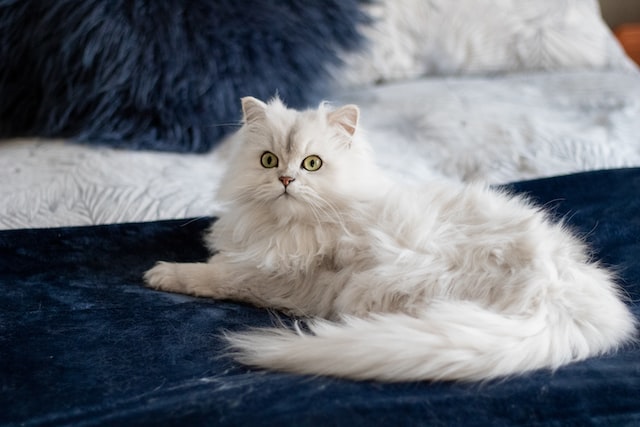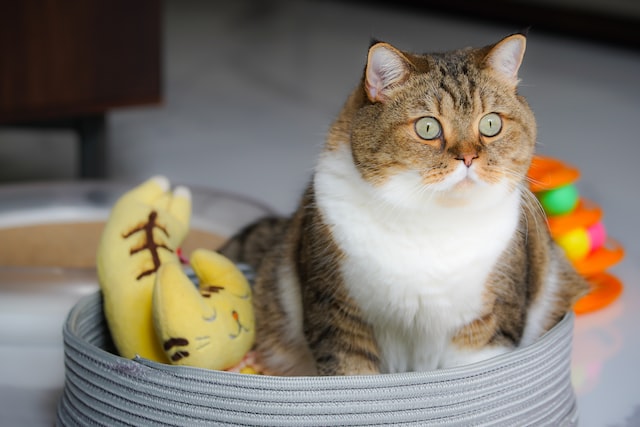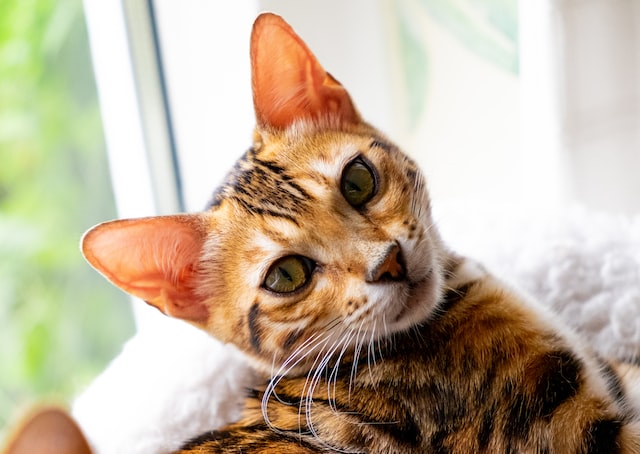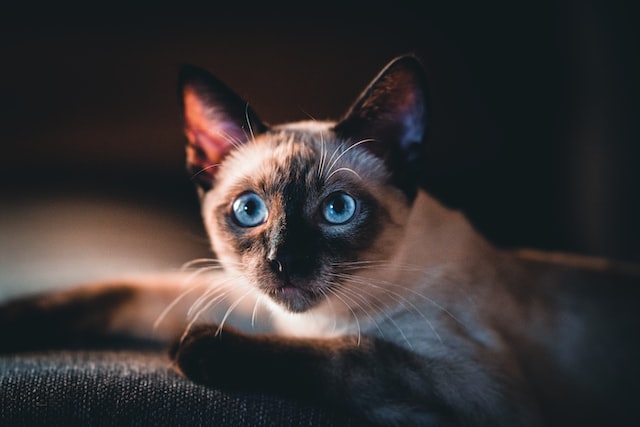The Balinese is a longhair cat breed that was originally registered as “Longhair Siamese”. It is an oriental cat with Siamese markings on its body. It has a medium length silky coat with the plumed tail that is less fluffy than a Himalayan cat. The physical characteristics, Balinese cats for adoption, its personality, diet, etc. are discussed briefly in the abstract given below.
Physical Characteristics of Balinese cat
Balinese has a slim built and long tapering body. It has flexible, strong and muscular body structure. It is blessed with the excellent physical condition with neither loose nor bony body. Ears are large flared and positioned in the way that it looks like a triangle. The eyes of Balinese cat are brilliant sapphire blue in color. They have oriental or almond shape. Neck of the cat is long and slender and has the lengthy, refined and muscular body. Legs of the cat are strong and bony with delicate oval paws. They are called as the ballet dancers of the cat world.
Balinese cat Rescue
There are many national and global organizations functioning for cat rescue. Some international organizations are helping the local cat rescue organizations in their work. The cat rescue is required due to various reasons. It may be due to If the cat owners have grown older and they are unable to take care of their pet
- If you find any Balinese cat alone without home.
- If the owner have left cat alone due to any infectious disease or any disability.
- If any cat is abused or neglected.
- Change in the locality of the owner and when the owner cannot take their pet to new place.
The rescue organizations help the cats and treat them for any diseases or disabilities. You can also adopt the cats from these rescue organizations. There are many rescue organizations working all over the world. If you are the cat owner and you are tired of keeping the cat at home or you are shifting to new place and can’t take your cat along with you, or there may be some other reason, you can contact these rescue organizations instead of just leaving the cat alone. Cat as a family pet, completely depends on you for food and shelter.
Balinese Cats for Adoption
Adopting cat from the rescue center means giving new family and new home to the cat. Cat will surely love the new home and company of new owners if they are loving and caring. If you are thinking of adopting a Balinese cat for your home, you can either visit the pet stores or the rescue centers. You will definitely get the best cat at the pet store but adopting the cat from the rescue center will give you satisfaction of providing home to the cat in need. The rescue centers have trained professionals and veterinarians those make a complete check up of the cat before handing over the cat to the owners. Hence, you don’t have to worry about the health of the cat.
Balinese cat Personality
Balinese cats love attention from their owners. They are very playful and often fond of human company. Balinese is a sociable animal that tends to be vocal sometimes. Balinese are easy going cats with high intelligence. They often do not tolerate being mistreated.
Grooming, Diet and Balinese Cat Care
Due to the semi long haired coat, it’s easy to manage and brush. The cat needs lots of exercise and good diet. The diet of the cat should include raw chicken wings and diced raw meat. Such diet will be helpful in making the coat look glossy and clean.









